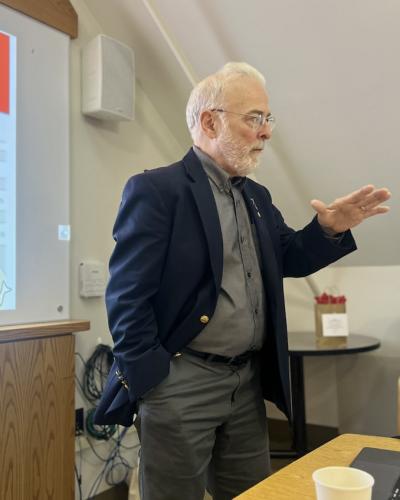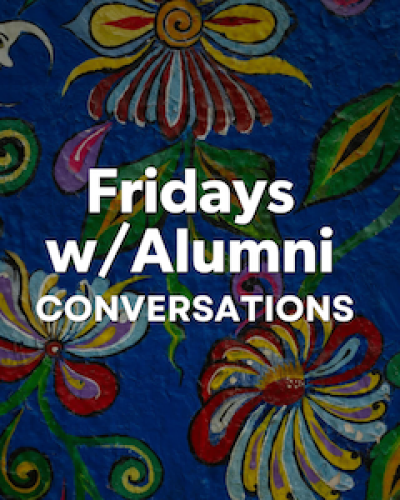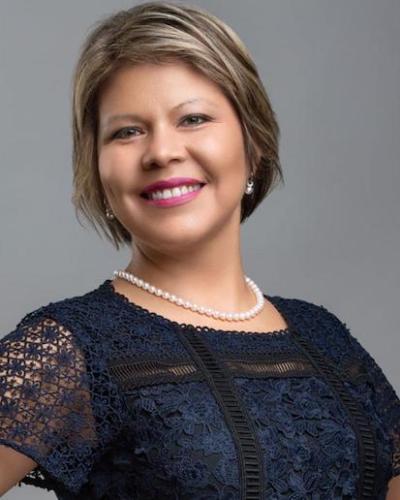
 Department Homepage
The College of Arts & Sciences
Department Homepage
The College of Arts & Sciences
Diaz's study of art collective journeys into Chicano/a culture
Assistant professor of English and Latino/a studies Ella Maria Diaz had never heard of the Royal Chicano Air Force (RCAF) arts collective before she realized she had been walking past their work for years.



